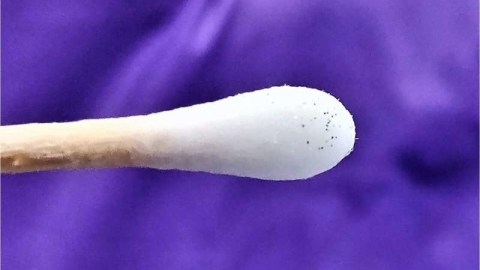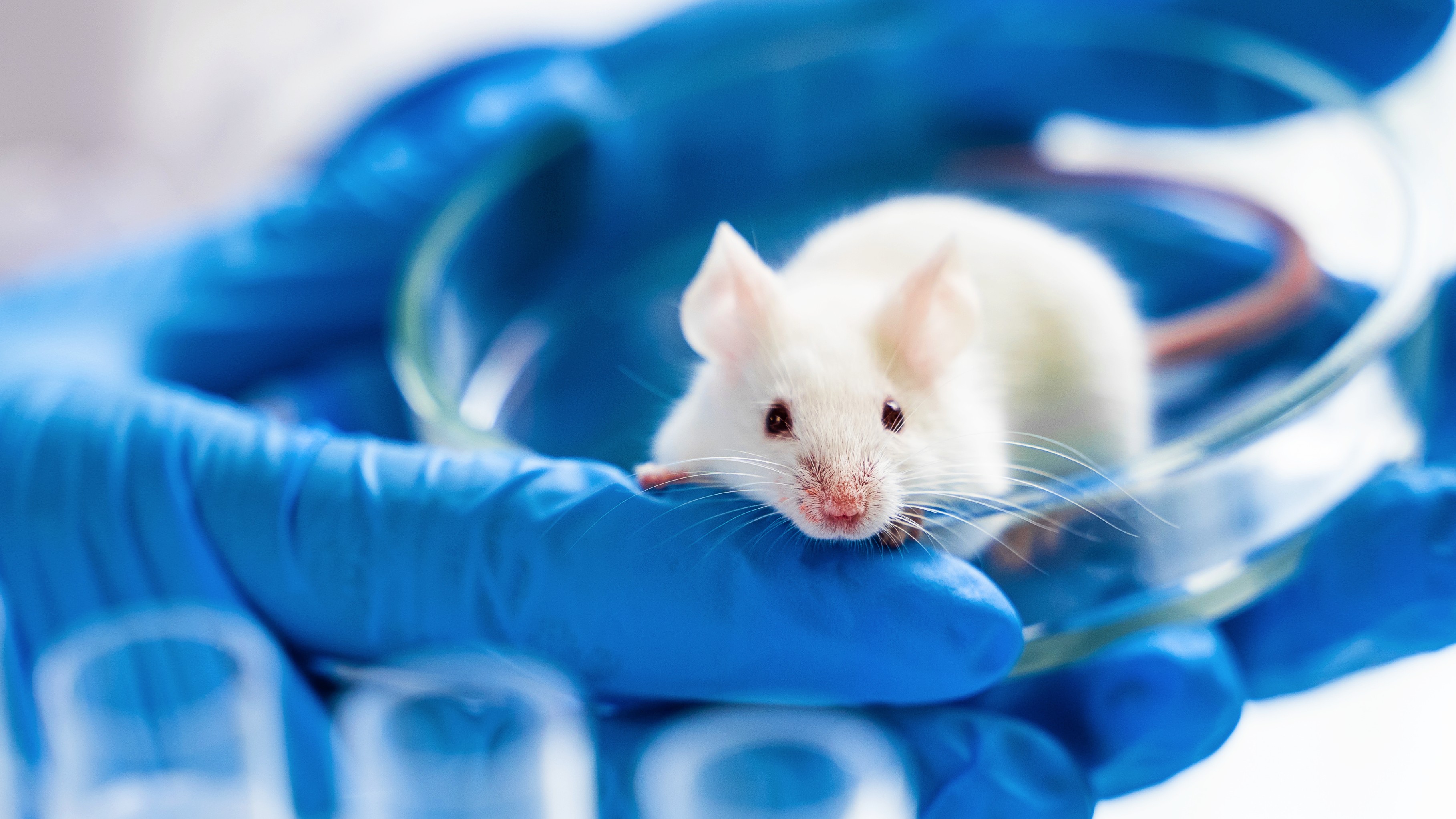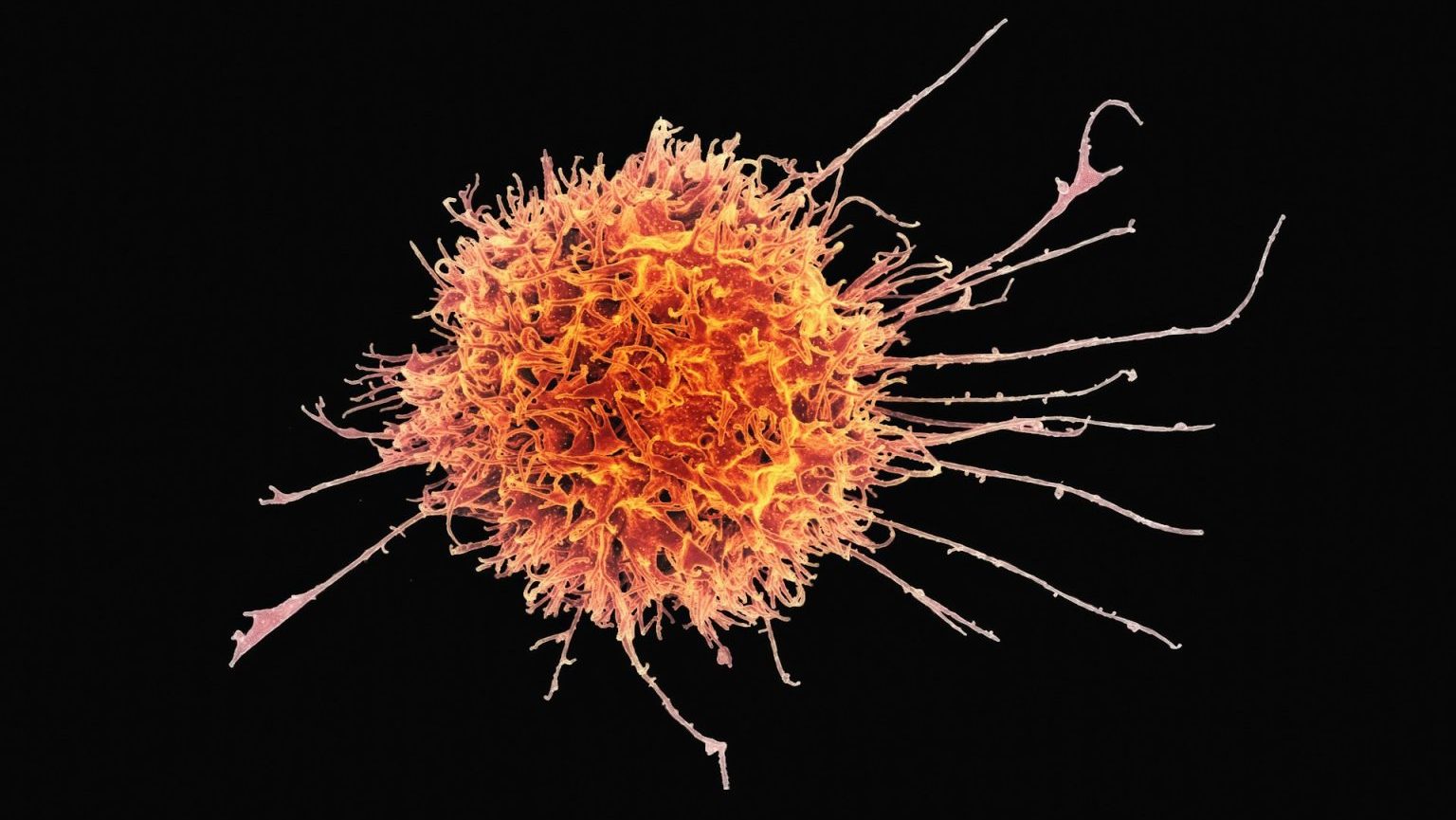Tiny parasite-like robots are the future of pain relief

Credit: Johns Hopkins University
- A research team from Johns Hopkins University designs microdevices that can deliver medicine.
- The tiny robots are based on parasite hookworms.
- The machines can latch on to the intestines and gradually release pain-relieving drugs.
Researchers created tiny devices that can deliver drugs to the body by attaching themselves to a person’s intestines.
The research team was led by engineering professor David Gracias and gastroenterologist Florin M. Selaru from Johns Hopkins University. The scientists took inspiration from the hookworm – parasitic worm that is known to dig its sharp teeth into the intestines of the host. The scientists created shape-shifting microdevices called “theragrippers” that can mimic the worm and latch on to the intestinal mucosa of a patient.
The six-pointed devices, each as large as a dust speck, are made of metal and thin film that can allow them to change shapes. They are covered by a heat-sensitive paraffin wax and have the potential to release a drug gradually into the body. This method improves upon other extended-release drugs that tend to go all the way through the gastrointestinal tract before fully dispensing all medicine.
“Normal constriction and relaxation of GI tract muscles make it impossible for extended-release drugs to stay in the intestine long enough for the patient to receive the full dose,” explained Selaru.” We’ve been working to solve this problem by designing these small drug carriers that can autonomously latch onto the intestinal mucosa and keep the drug load inside the GI tract for a desired duration of time.”
The scientists say that thousands such devices can be let loose in a GI tract. As the wax coating on tiny robots matches the body’s inside temperature, theraggrippers automatically close and latch on to the wall of the colon. As they do so and dig into the mucosa, they start slowly releasing the stored medicine. In time, the devices lose their grip on the intestine tissue and leave the organ through usual gastrointestinal function.
March of the microscopic robotswww.youtube.com
The very small robots don’t rely on electricity or wireless signals, and don’t have room for batteries, antennas, or any external controls, explained Gracias. Instead, the grippers work like “small, compressed springs with a temperature-triggered coating” which releases the stored energy.
In the trial, the researchers managed to fit about 6,000 such devices on a 3-inch silicon wafer. Experiments on rats showed a successful dispersion of pain-relieving drugs into the bloodstreams.
Check out the new study published in Science Advances.





